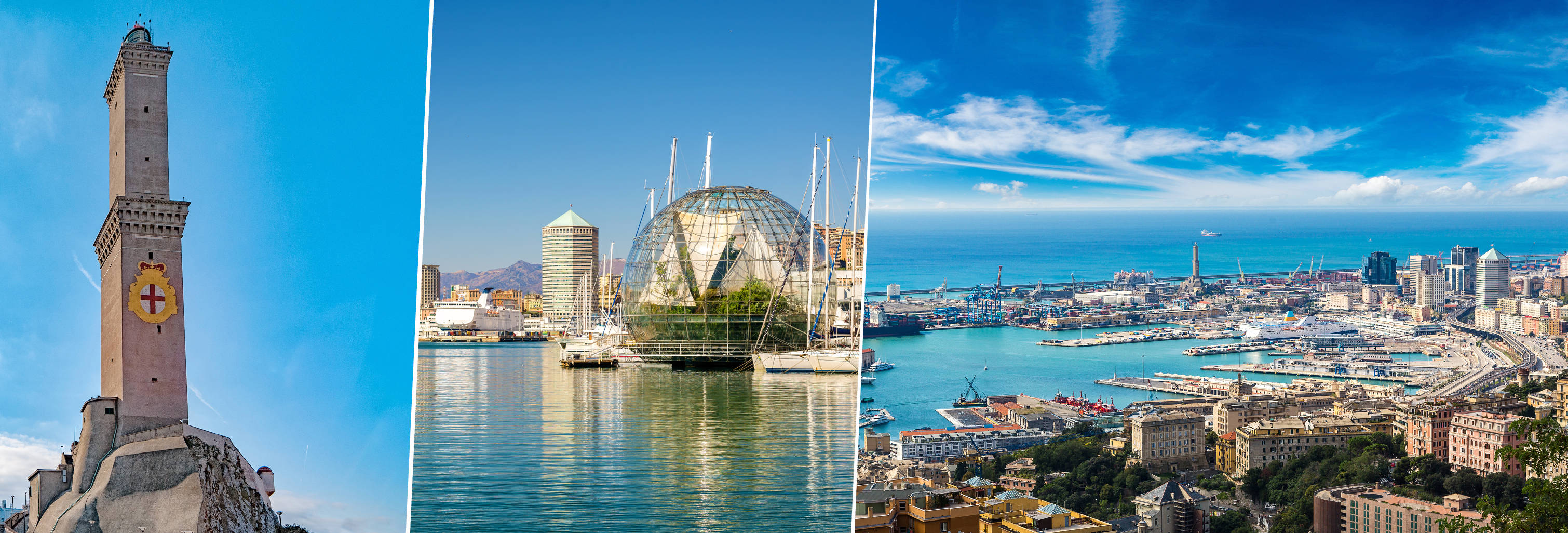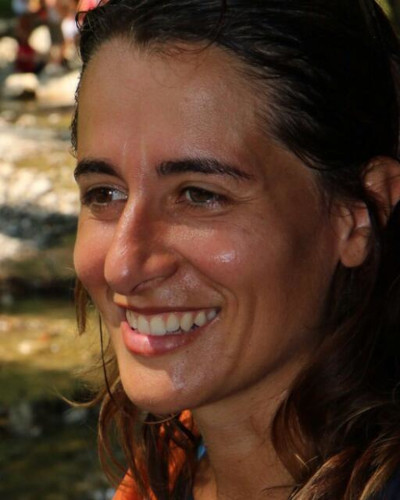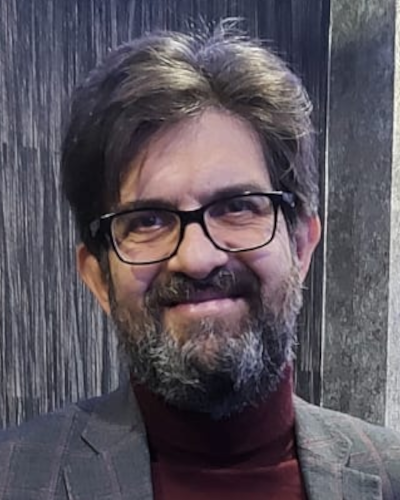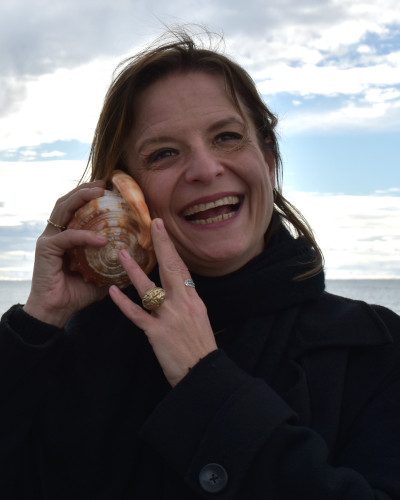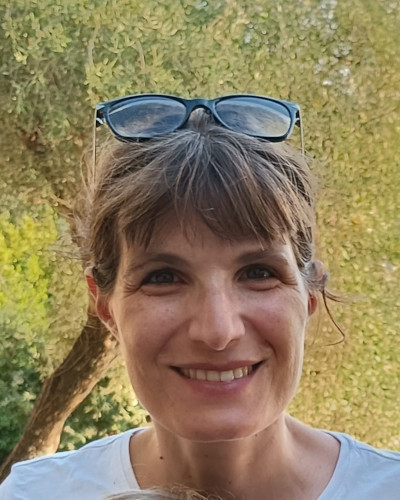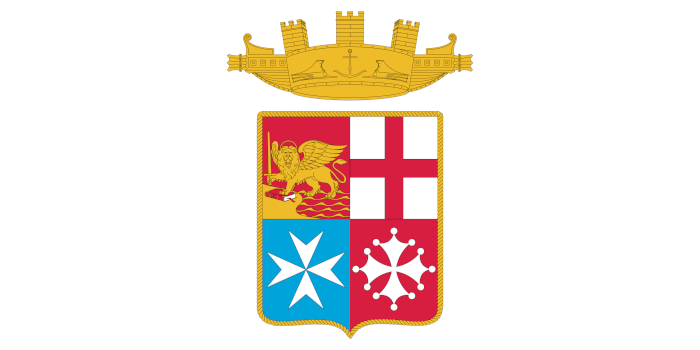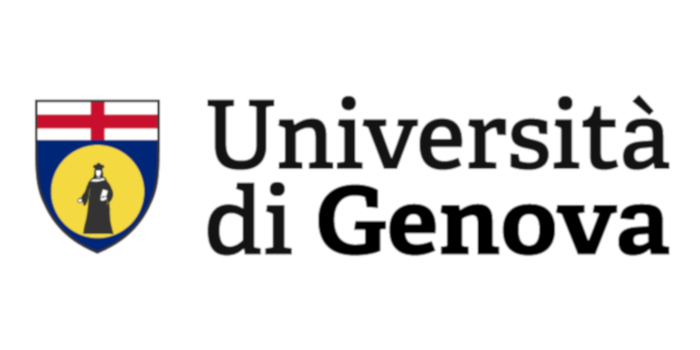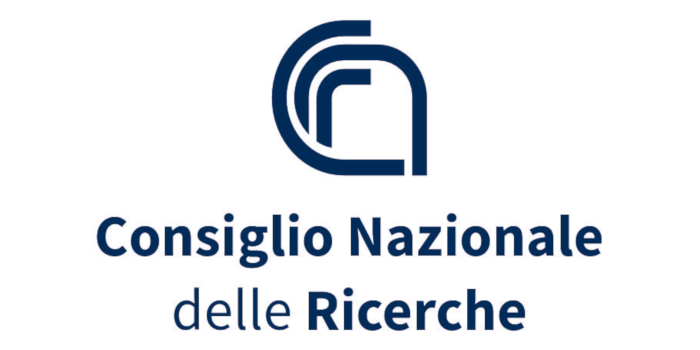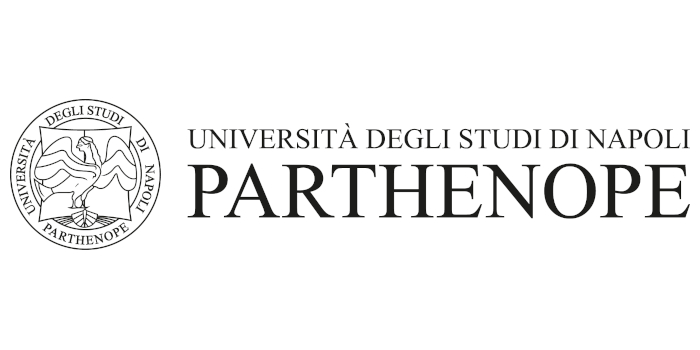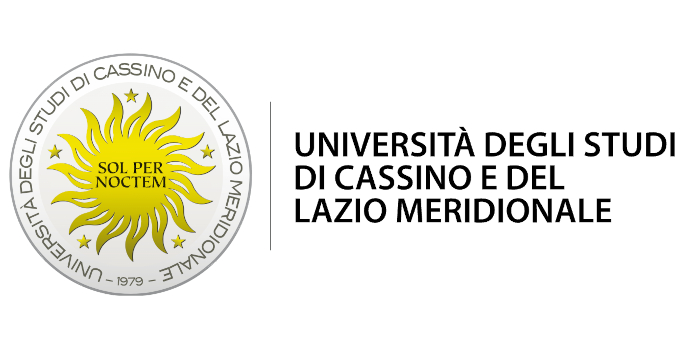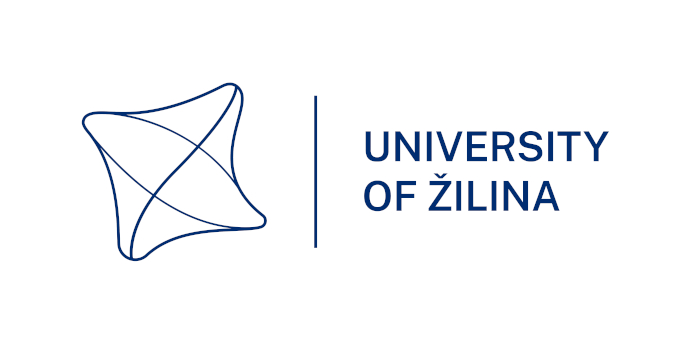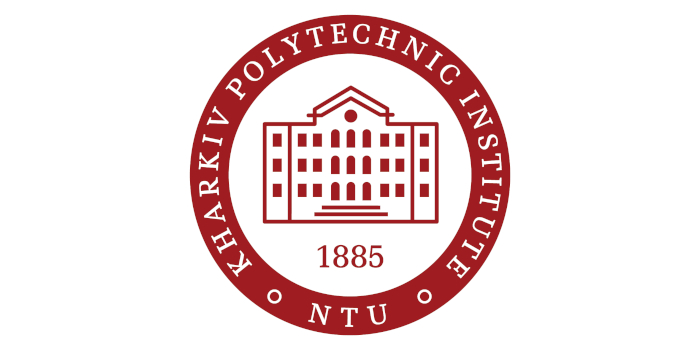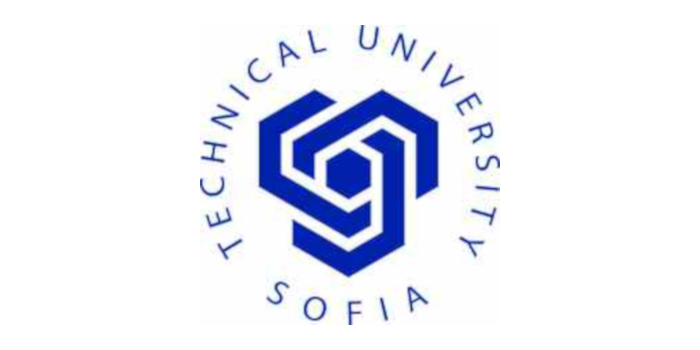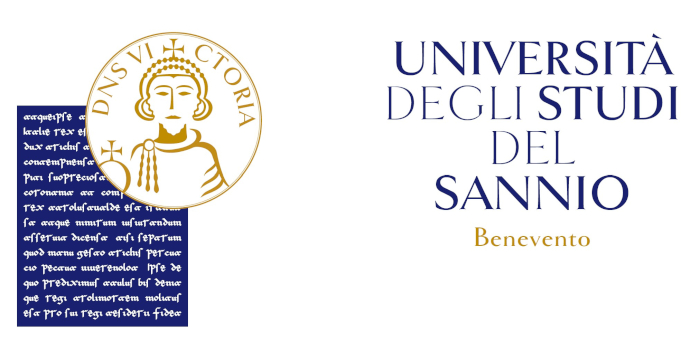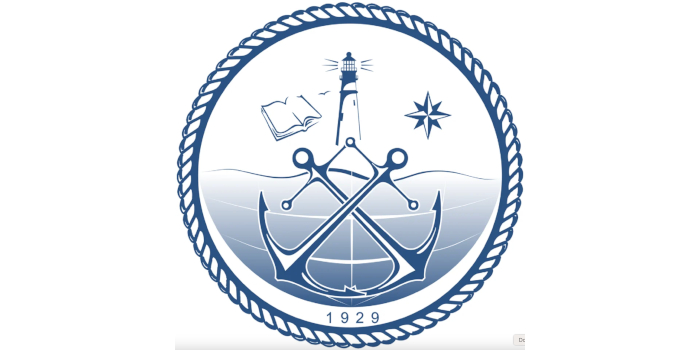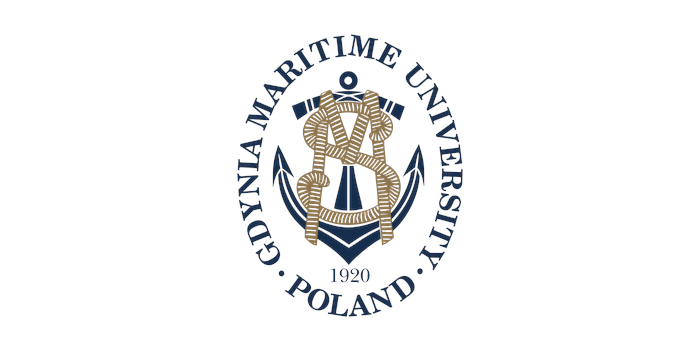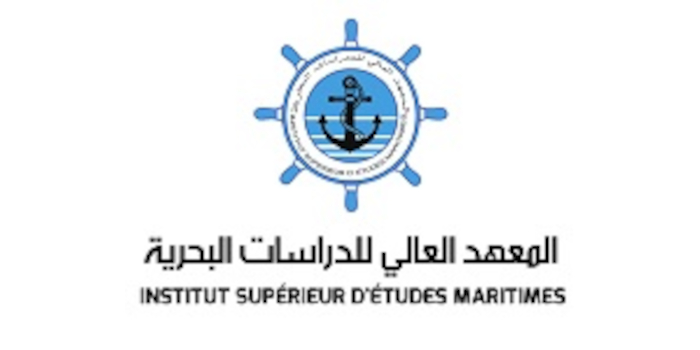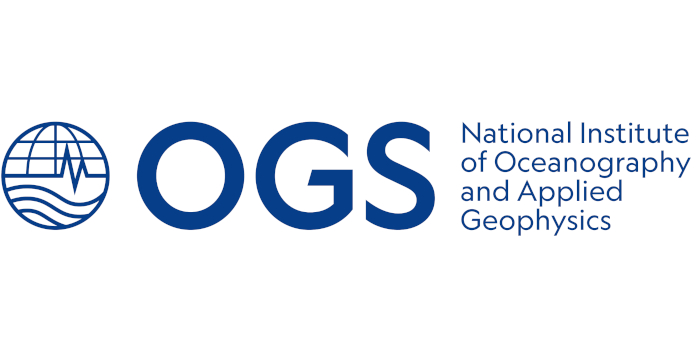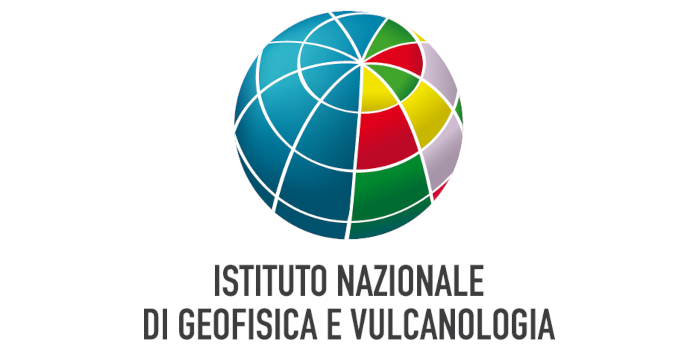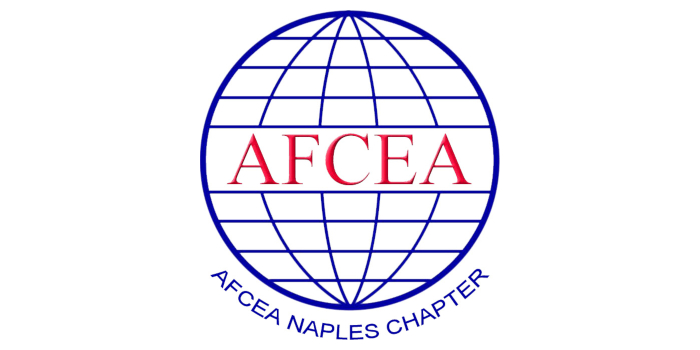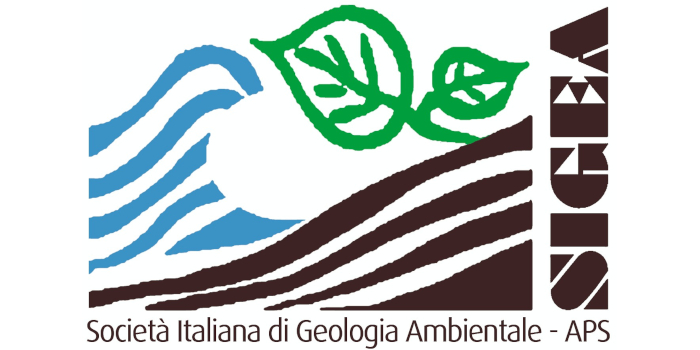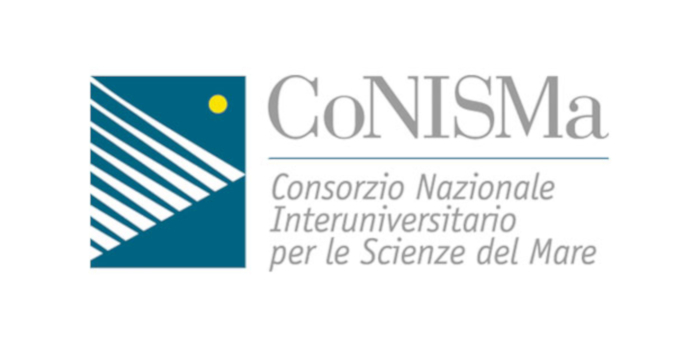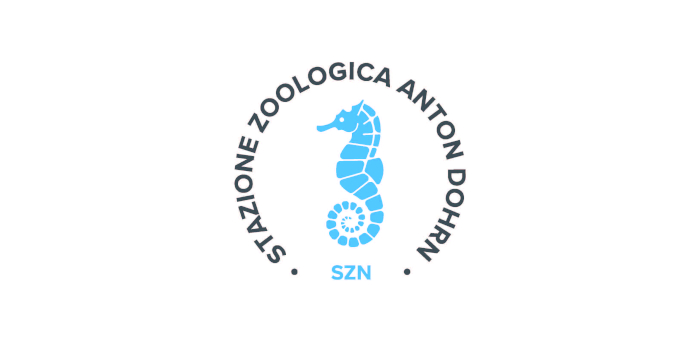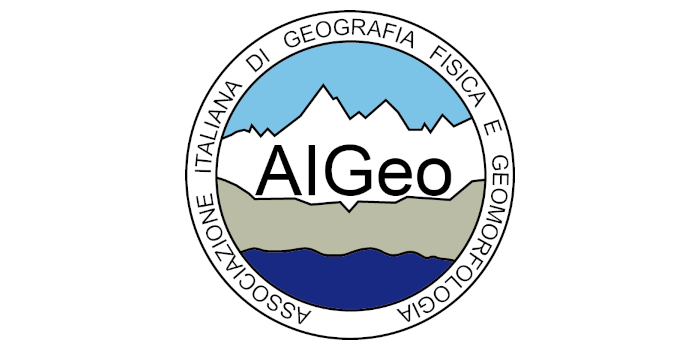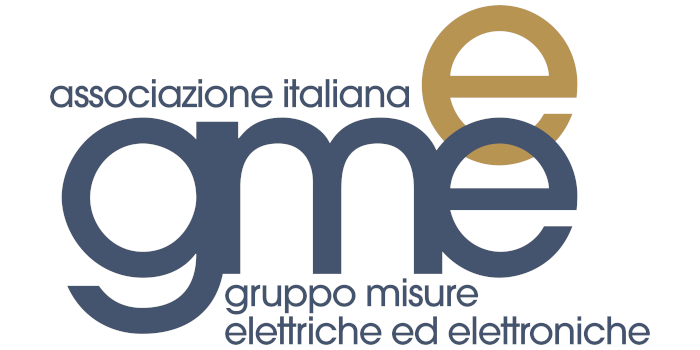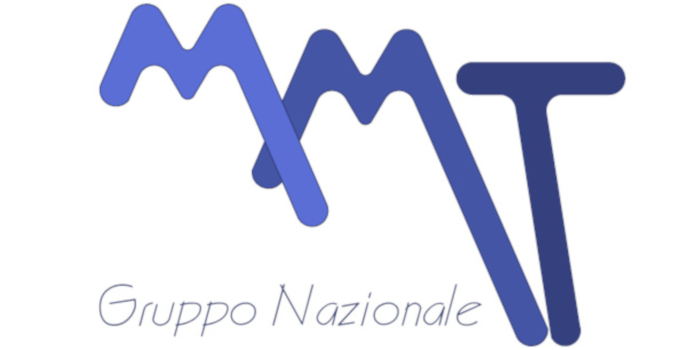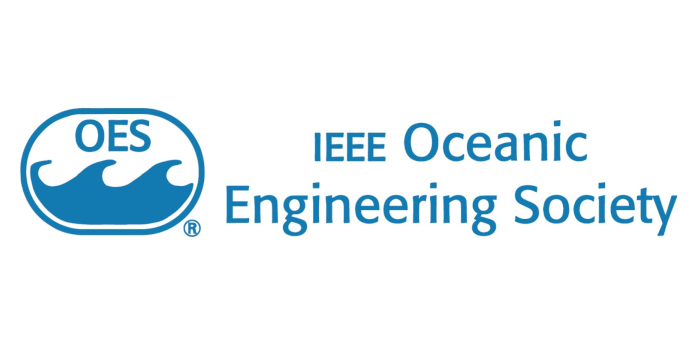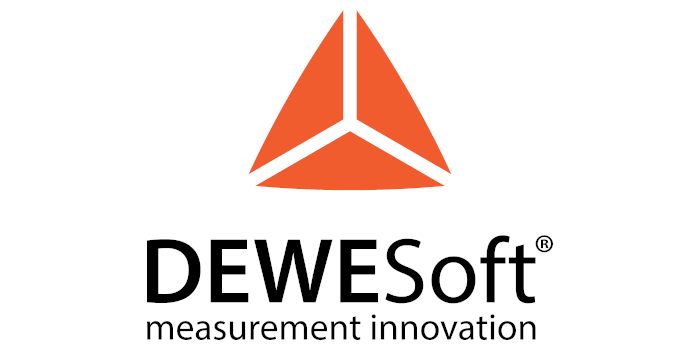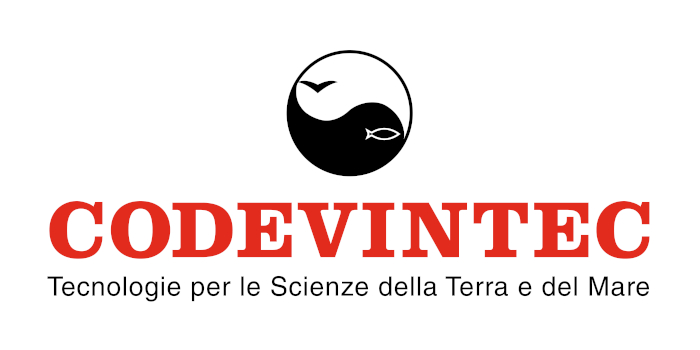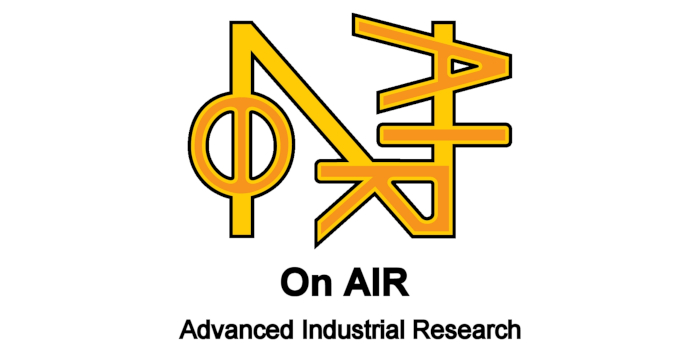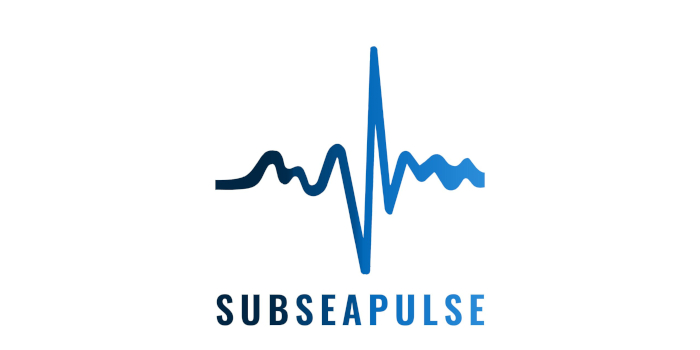SPECIAL SESSION #10
Innovative methodologies and approaches for assessing anthropic impacts on the marine environment
ORGANIZED BY
Melania Paturzo
National Research Council – Institute of Applied Sciences and Intelligent Systems “E. Caianiello” (CNR-ISASI)
Domenico Paparo
National Research Council – Institute of Applied Sciences and Intelligent Systems “E. Caianiello” (CNR-ISASI)
Francesca Garaventa
National Research Council – Institute for the Study of Anthropogenic Impacts and Sustainability in the Marine Environment (CNR-IAS)
Chiara Gambardella
National Research Council – Institute for the Study of Anthropogenic Impacts and Sustainability in the Marine Environment (CNR-IAS)
ABSTRACT
This special session will feature contributions on advances in the detection and analysis of anthropic impacts with a special focus on emerging contaminants, exploring innovative methods and technologies to identify and quantify their presence and effects on marine ecosystems. We encourage contributions focused on interdisciplinary approaches and collaborative research among marine biology, ecotoxicology, chemistry, physics and engineering.
TOPICS
Main topics for this Special Session include, but are not limited to:
- Assessing the impact and the biological effects of contaminants, such as pesticides, pharmaceuticals, heavy metals, microplastics;
- Development of bioindicators and biomarkers for monitoring marine ecosystem health;
- Development of new tools to assess and quantify the effects of emerging contaminants at different biological organization levels;
- Methods for the identification and quantification of contaminants;
- Development of novel sensors for the detection of emerging pollutants;
- Application of innovative technologies and methodologies in real-world scenarios.
ABOUT THE ORGANIZERS
Melania Paturzo (CNR-ISASI, Pozzuoli) received Ms degree in Physics (cum laude) at the University of Naples "Federico II" and Ph.D. at the LENS (European Laboratory for Nonlinear Spectroscopy), University of Florence. Her research activities concern various fields of optics and photonics, including the investigation of the properties of materials using interferometric techniques, the development of super-resolution optical techniques in digital holographic microscopy, quantitative phase contrast microscopy, holographic and light displays visible that IR, NDT (non-destructive) interferometric techniques for applications in the field of cultural heritage and on biological and chemical samples (cells, bacteria, microplastics, etc.), micro- and opto-fluidics. She is the author and / or co-author of over 250 articles in international scientific journals and over 100 in conference proceedings, and is the co-inventor of 3 patents (h-index 42). Currently Research Director at CNR-ISASI, she acts as PI and co-PI of two PRIN projects and local coordinator of POR and PON projects, among which two infrastructure ones, and PON R&C 2017-2020 “SIRIMAP - SIstemi di Rilevamento dell’Inquinamento MArino da Plastiche e successivo recupero-riciclo”
Domenico Paparo is a permanent researcher of CNR since 2005. Presently he leads the group of ‘Nonlinear Optical Spectroscopy’ and is also the responsible of the CNR Research Unit at Department of Physics ‘E. Pancini’ of the University of Naples 'Federico II'. He graduated in Physics on 1996 at the University of Naples 'Federico II'. On 2006 he has been awarded a Marie Curie fellowship to be trained on Time-Domain THz Spectroscopy at the FOM-Amolf Institute in Amsterdam, where he spent fifteen months. He has 33 years of experience in nonlinear optics, laser physics, and classical optics, with applications to soft condensed matter, liquids, solid state, surface and interface, biological materials. He is coauthor of >90 publications on international scientific, 3 invited reviews, 4 book-chapters and with >4400 citations ( Scopus h-index 28). He has been the principal investigator of various national and international projects. Now, he is the CNR coordinator of a HORIZON-EIC-2021-PATHFINDER OPEN Project, ‘4D Microscopy of biological materials by short pulse terahertz sources (MIMOSA)’ (about 3 MEuro). From 2010 to 2018 he has held the role of Expert for the European Research Agency for the evaluation of the Marie Curie Individual fellowships proposals submitted under the 7th Work Program People and the Horizon 2020 program. Since 2018 he holds the same role for the evaluation of the International Training Network projects.
Francesca Garaventa Marine Science PhD, Senior Researcher at the CNR, Institute for the Study of Anthropogenic Impacts and Sustainability in the Marine Environment (CNR-IAS). I am involved in the assessment of anthropogenic impact on the marine environment and support the development of new technologies for its assessment and prevention including solutions to prevent the transfer of alien species. Main focus of my research is the evaluation of emerging contaminants effects in the marine environment, particularly micro/nano plastics and pharmaceuticals. I’m member, as an expert, of the Italian delegation to the Marine Environment Protection Committee (MEPC) of the International Maritime Organization (IMO). I am scientific coordinator of several national and international research projects and Monitoring and Awareness Campaigns, author of dozens of scientific articles in international journals, and member of the European Marine Board Communication Panel.
Chiara Gambardella Cellular Biology and Biotechnology PhD, Researcher at the CNR, Institute for the Study of Anthropogenic Impacts and Sustainability in the Marine Environment (CNR-IAS). My research primarily focuses on marine environmental pollution and ecotoxicology. Specifically, I investigate the effects of emerging contaminants—such as nanoparticles, nanoplastics, microplastics, and pharmaceuticals—on the marine environment, particularly at the first trophic levels. Additionally, I contribute to the development of biological early warning systems for marine monitoring. I have authored more than 50 peer reviewed scientifica articles and I am currently involved in several ongoing research projects.

